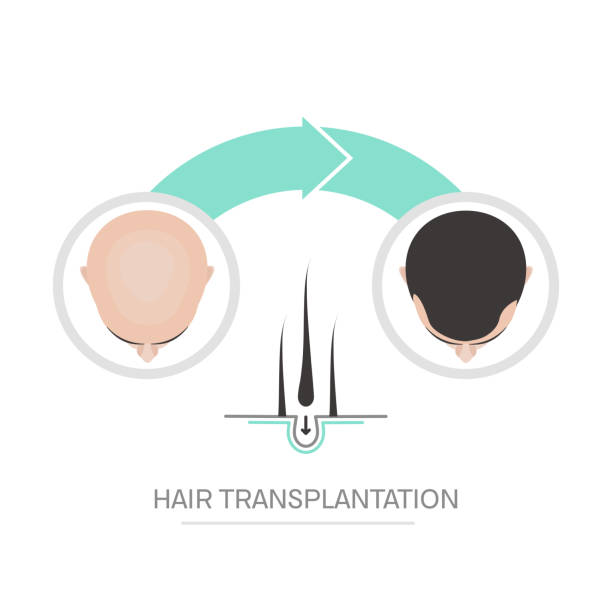When your partner’s words or actions spark pain, insecurity, or defensiveness, it’s not just a moment of conflict—it’s often a sign that old wounds are lighting up. But what if instead of escalation and disconnection, your triggers could become doorways to healing and deeper intimacy? At https://shams‑tabriz.com/, spiritual mentorship teaches how couples can move from reactive dance to relational trust—transforming triggers into truths that nurture growth and belonging.
Why Triggers Don’t Have to Break You
Triggers are emotional red buttons tied to past conditioning—not present threats. Your nervous system responds habitually, but you don’t have to stay stuck in fight, flight, freeze, or fawn. By learning to pause, reflect, and respond, what once hurt can instead be the very place where relational and emotional expansion happens. That transformation requires intention, self-awareness, and relational containers designed for healing over harm.
5‑Step Framework: From Trigger to Relational Truth
1. Recognize Your Trigger
Catch the moment:
- Is your chest tightening?
- Are words rushing out or retreating inward?
Pause: name the felt sense (e.g. “I feel invisible,” “I feel judged”).
2. Pause and Self‑Check
Before reacting, breathe deeply. Ask:
- Is this emotion coming from present reality—or past echoes?
- What does my body need to feel seen or safe?
3. Express Ownership in Conversation
Use language that speaks for your experience—not accusation:
- “When you said ___, I felt ___. It triggered my pattern of ___ (fear/wound).”
- “I need a moment to feel safe before discussing it further.”
This invites connection, not defense.
4. Choose the Truth You Want to Live
Transformational questions to guide reframing:
- What truth am I longing to remember? (e.g. “I am worthy of genuine belonging.”)
- What truth would support my emotional healing in this moment?
Speak that truth aloud—first to yourself, then in your conversation if needed.
5. Anchor Through Ritual or Practice
Integrate the emotional shift with somatic tools:
- Five-minute grounding breath together.
- Gentle touch or hand-holding to calm the nervous system.
- Shared affirmation aloud:
“My love belongs here. I am safe to be seen.”
Conversation Template: Moving Through Trigger Together
| Step | What to Say | Why It Works |
| Recognize and Pause | “I feel something strong right now.” | Creates space before escalation. |
| Self‑Inquiry | “This feels familiar—maybe from my childhood.” | Brings awareness to origin, not reaction. |
| Ownership | “When you said ___, I felt ___. That matches an old story I carried.” | Compassion over blame. |
| Share Truth | “I want to remember that I’m worth presence—even when I feel criticized.” | Repairs the inner narrative. |
| Embodied Anchor | “Can we pause, breathe, and hold space together?” | Soothes nervous system, signals safety. |
Real-Life Example: Interrupting the Blame Loop
Couple: Arin and Sofía
Sofía often felt unseen when Arin retreated into work. She triggered into past abandonment programming, and the patterns escalated until they consciously intervened:
- Sofía paused instead of snapping.
- She shared: “When you work late again without checking in, I feel invisible. That echoes childhood abandonment.”
- Arin listened—then calmly responded: “I hear you. I can text when I’ll be busy, so you don’t feel alone.”
- Together they rested, held hands, and breathed deeply for five minutes.
That small practice shifted internal resonance, reframed the old story, and anchored new trust in their dynamic.
Expert Tips for Healing Through Triggers
- Don’t skip self-reflection: Treat triggers as messengers—not proof of failure.
- Establish contracts: Agree in calm how you’ll pause and share during emotional moments.
- Ritualize safety: Shared breath, touch, or even silence reconnects the nervous system.
- Seek guidance: A mentor or relational container helps hold the field when triggers deepen beyond habitual patterns.
Final Thought: Triggers Are Not Relationship Poison—But Untended They Can Be
Your triggers don’t have to lead to disconnection. They can become the portal to deeper healing, mutual empathy, and truth-based relational renewal. With presence, ownership, and intentional support, you can shift from reactive cycles into relational transformation. If you’re ready to move love toward greater depth, integrity, and soul resonance, spiritual mentorship at https://shams‑tabriz.com/ can help guide you in writing relational patterns that heal, not hurt.



